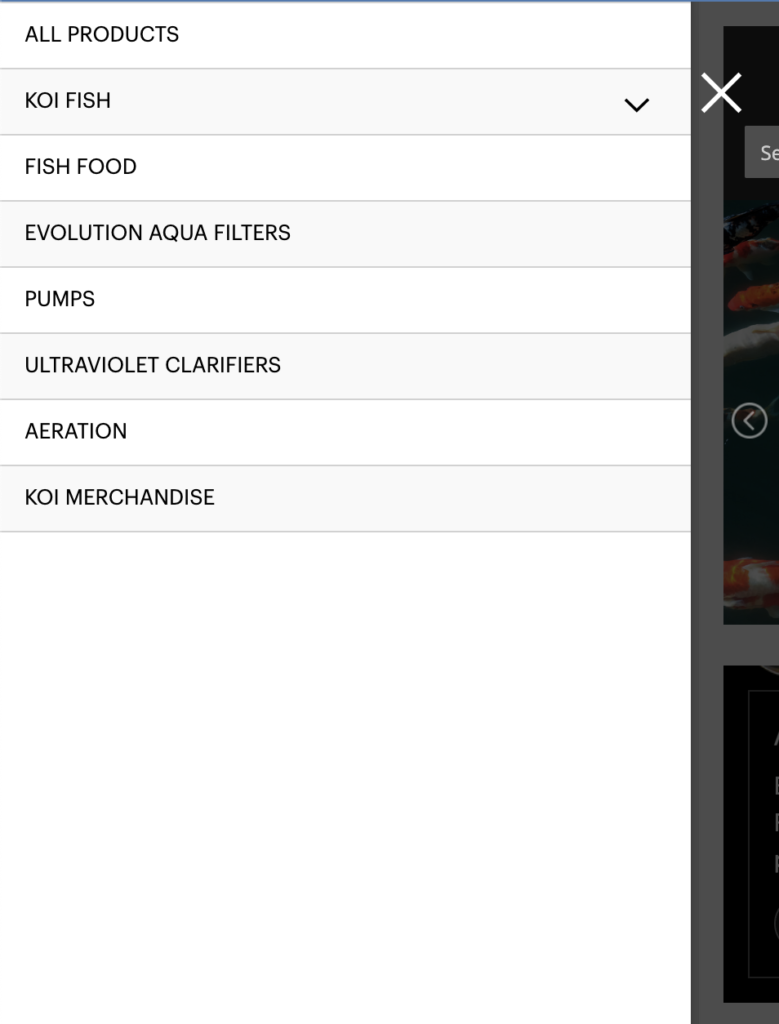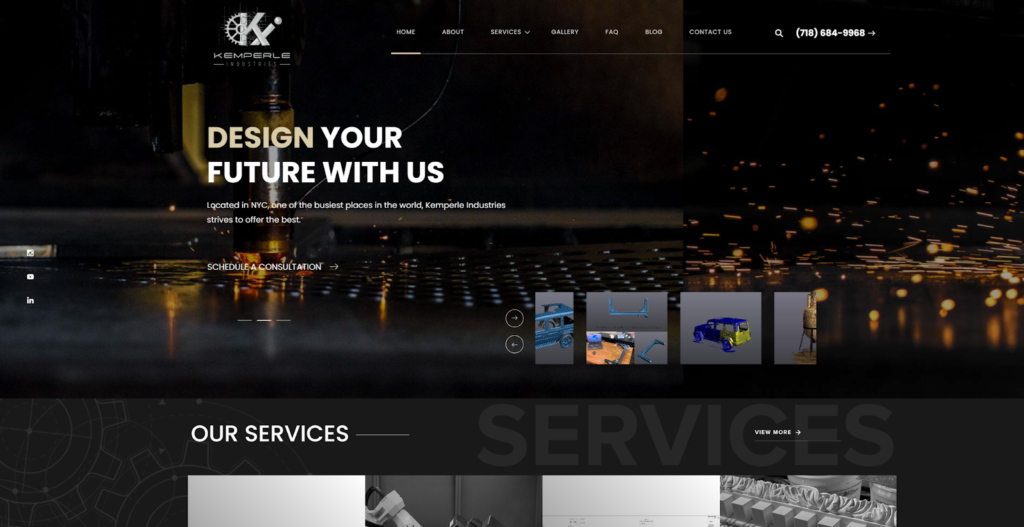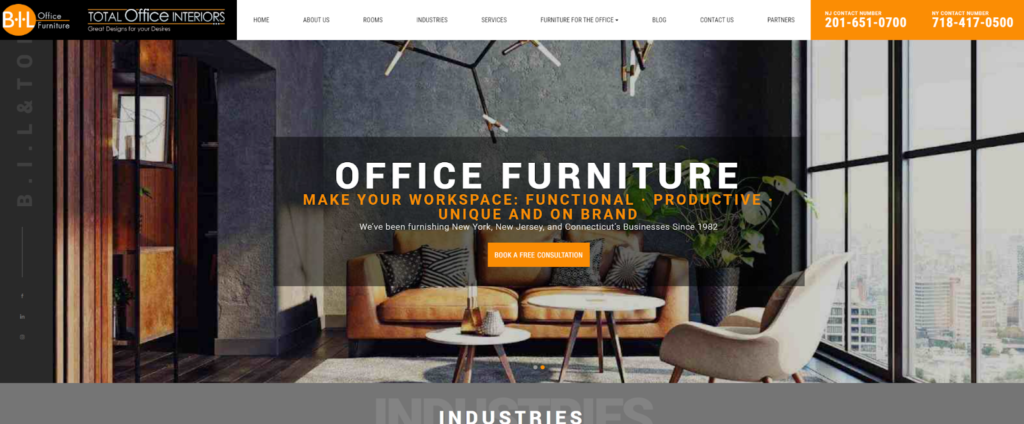Does Good Design Matter? The Importance of Good Web Design

Luke Bieganek
Project Manager

Website design is a widely talked about topic in the digital marketing world. UI/UX professionals constantly talk about how important a strong call to action is, and I’m sure you have heard this from anyone in the industry. In this blog, we are going to explore the widely discussed question of whether good website design actually matters, and is it actually a crucial part of your digital presence?
5 Important Reasons Why Web Design Matters
A strong online presence could mean the difference between a sale or closing out of your website forever. Here are some of the most important reasons why good design matters.
1. First Impressions
When a user visits your website for the first time, it is very similar to meeting someone for the first time. Though it may be frowned upon to judge a book by its cover, it happens naturally for people to judge things solely from first impressions. If a website succeeds in giving a strong first impression, the user is more likely to explore the website, remember the brand, and convert into a lead or sale.
2. Trust and Credibility
When talking about branding, trust is one of the most important factors a business can convey. When landing on a website for the first time, if the design is not a direct reflection of the overall branding of the company, it may allude to the customer that something is wrong. Red flags start flying, and the customer could all together close out of your website because something just doesn’t seem right. Having a strong website design that reflects your brand is imperative to keeping customers’ trust so that they can confidently browse your website.
3. User Experience
User experience is defined as “the overall experience of a person using a product such as a website or computer application, especially in terms of how easy or pleasing it is to use.” If a website is difficult to navigate, or a potential customer can’t find the information they are looking for fast, this could lead directly to the user completely closing out of the website in frustration and never returning. This is also similar for website speed. Users typically like to see websites load in just over one second, otherwise patience wears thin and they may not return to your website. You can see how your current website performs here:
4. User Retention
Google did a study that shows that 79% of users who visited a website, and didn’t enjoy the experience or design, would never go back. Having a strong website design that balances user experience, design, and the right content will provide an environment that your users will want to visit again and again, increasing the chances that they will convert to a lead or sale.
5. Search Results
A good design can enhance your search engine optimization by including best practices. A good design allows search engines to easily crawl your site by ensuring there are proper navigation bars, headers, and paragraphs, all while ensuring the website makes sense for the users. A good website design will start with a plan that lays out all of your potential pages and thorough keyword research for each page.
Elements of Good Web Design With Examples
1. Clear and Intuitive Navigation
Without a clear navigation menu, website users can get confused on what you offer, and where to find the information that they need to find. Pages nested within pages, and not shown on the navigation bar can lead to frustration, and users might never return to your website. This includes having a clear mobile navigation as well, where the buttons are easily readable and pressable.


(Full case study on Everything Koi)
2. Visually Pleasing Layout
A thoughtfully crafted layout guides the user’s eye seamlessly through content, making information easily accessible and enjoyable to explore. It balances creativity with functionality, ensuring that the design not only captivates but also serves a purpose.

(Full Case Study on Kemperle Industries)
3. Compelling Call to Action (CTA)
A well designed Call To Action grabs the users attention and clearly communicates the value proposition. This should prompt the user to take that next crucial step—whether it’s signing up, making a purchase, or getting in touch. It’s the bridge between a casual visitor and a committed customer, making it a very important element of web design.

(Full Case Study on BIL Office Furniture)
4. User-Friendly Forms
A user-friendly form is intuitive, with clear labels and well-organized fields that guide users effortlessly. It minimizes friction by eliminating unnecessary steps and requesting only essential information. By creating a seamless user-friendly form, it will encourage users to fill it out more so than having unnecessary questions or a long intake.

Conclusion
Your website is your digital storefront, the first interaction many potential customers have with your brand. It serves as the canvas upon which your unique story is told, your products and services are showcased, and your credibility is established. It’s the embodiment of your brand in the digital world, and, much like a physical storefront, it should leave visitors with a positive impression.
The answer to whether good design matters is a resounding “Yes.” It’s not just important, it’s essential. Your website is the essence of your digital brand, your 24/7 representative to the online world. In an era where digital interactions increasingly shape our lives, the importance of good web design cannot be overstated. It’s the canvas upon which your brand’s story unfolds, and it’s a canvas that deserves the utmost care and attention. So, when you ask, “Does good design matter?” remember that it’s not just a matter of aesthetics—it’s a matter of your digital success.









